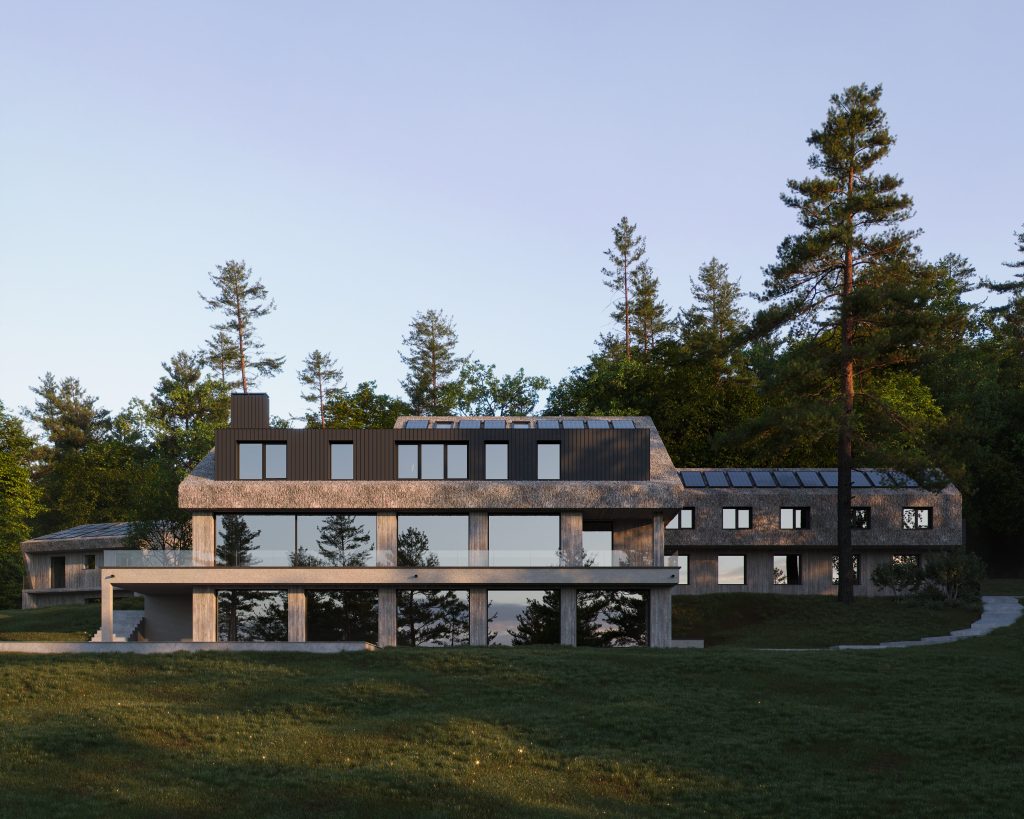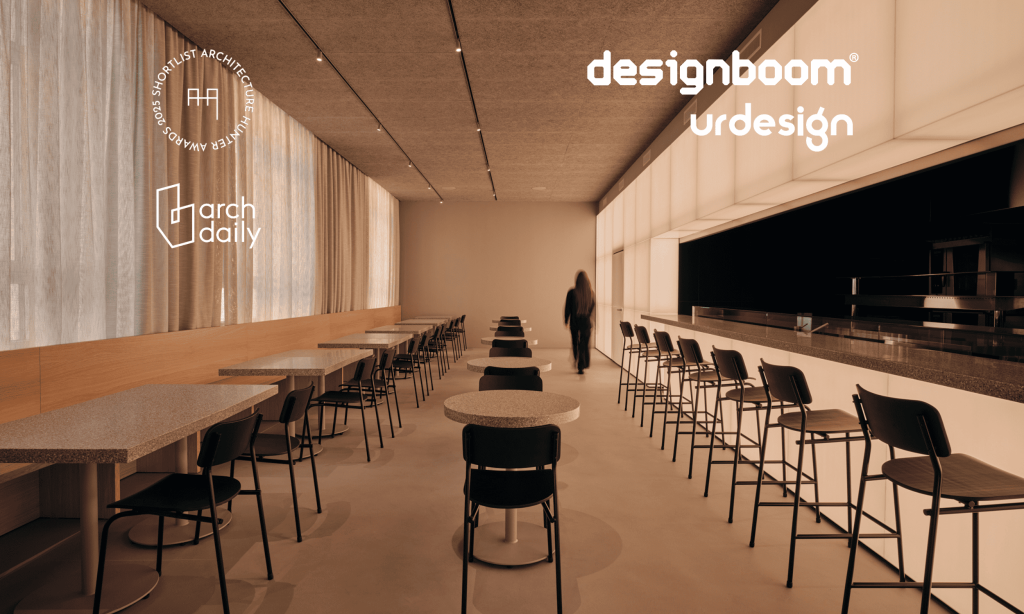The Evolution of Sustainable Architecture

Due to increasing environmental problems, the field of architecture has undergone profound changes. Architects and designers are increasingly adopting sustainability practices to reduce the environmental impact of buildings. This evolution is marked by innovative approaches that prioritize green building materials, energy-efficient designs, and the integration of renewable energy sources. In this article, we look at the journey of sustainable architecture, highlighting key developments, challenges and future prospects.
Historical Context of Sustainable Design in Architecture
The concept of sustainable design in architecture has ancient roots, reflecting humanity's early understanding of living in harmony with nature. Traditional buildings in different cultures often utilized local materials and passive design strategies to adapt to climate conditions and minimize environmental impact.
In the modern context, the emergence of sustainable architecture gained momentum in the late 20th century, influenced by global environmental movements and the recognition of finite resources. Architects like Frank Lloyd Wright pioneered principles of organic architecture, advocating for designs that integrated seamlessly with their natural surroundings. However, it was the energy crises of the 1970s that catalyzed a more widespread adoption of sustainable design principles, as architects sought ways to reduce energy consumption and promote environmental stewardship.
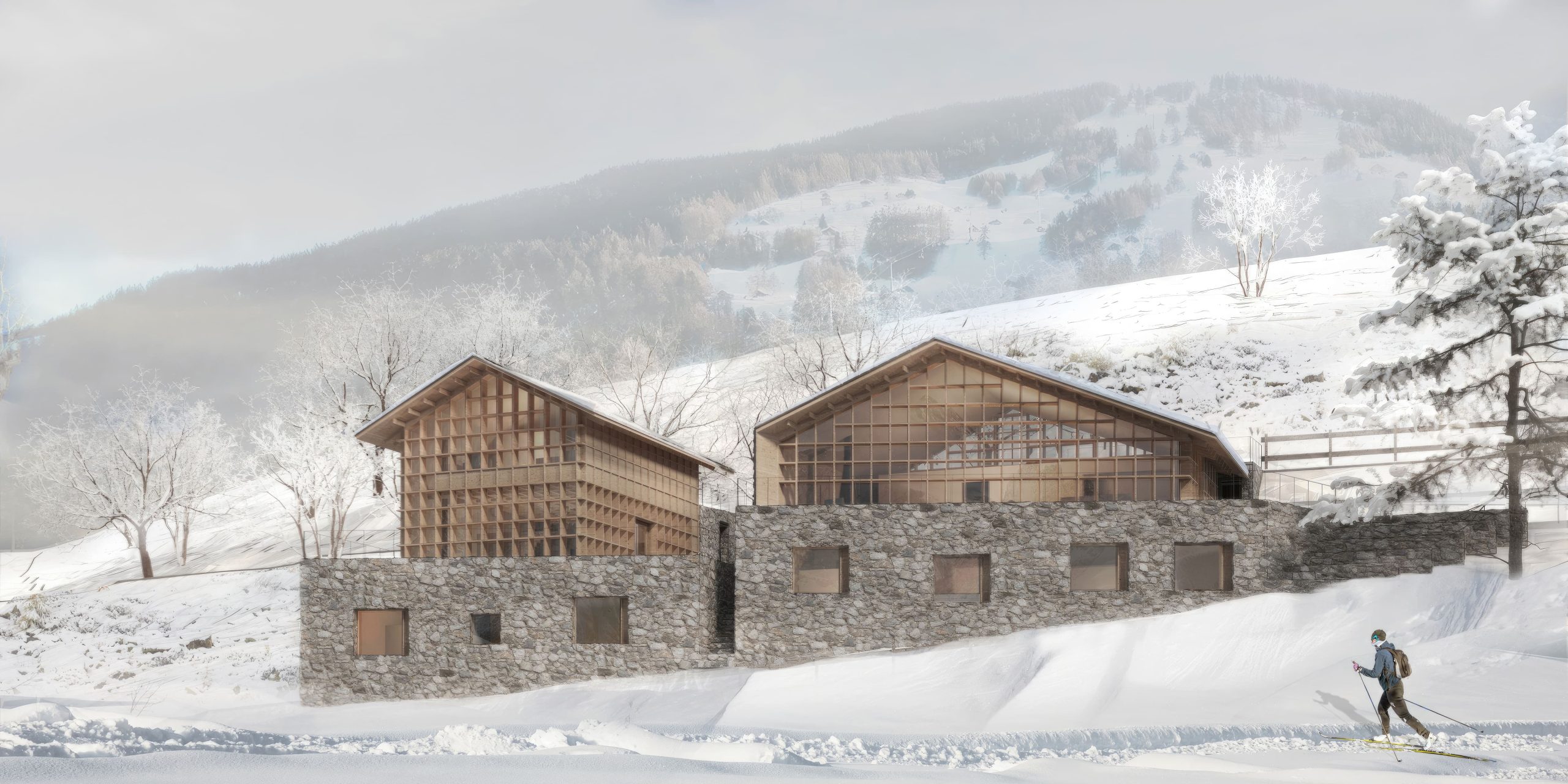
The Rise of Sustainable Design in Contemporary Architecture
Contemporary architecture has seen a significant shift towards sustainability as a core principle rather than an optional consideration. This shift is driven by a combination of factors, including advances in green building technologies, increased awareness of environmental issues among architects and clients, and the development of green building certification systems.
Architects today prioritize energy efficiency, renewable energy integration, and sustainable building materials in their designs to create buildings that not only minimize environmental impact but also enhance occupant health and well-being. Concepts like passive solar design, natural ventilation, daylight harvesting, and green roofs have become standard practices in sustainable architecture, contributing to reduced energy consumption and improved indoor environmental quality.
Key Developments in Sustainable Architecture
Key developments in sustainable architecture include advancements in:
- Energy-efficient building systems: Innovations in building envelope design, HVAC systems, and lighting technologies have significantly reduced energy consumption in buildings.
- Renewable energy integration: The widespread adoption of solar photovoltaics, wind turbines, and geothermal systems has enabled buildings to generate their own clean energy, moving towards net-zero energy consumption.
- Green building materials: Sustainable materials such as bamboo, reclaimed wood, recycled metals, and low-impact concrete are increasingly used to minimize embodied carbon and environmental impact.
- Water conservation: Technologies like rainwater harvesting, greywater recycling, and efficient plumbing fixtures contribute to reduced water consumption in buildings.

Challenges
Despite progress, sustainable architecture faces several challenges:
- Cost implications: The initial cost of integrating sustainable technologies and materials can be higher, although lifecycle cost analysis often shows long-term savings.
- Regulatory barriers: Building codes and regulations in some regions may not fully support or incentivize sustainable design practices, hindering widespread adoption.
- Education and awareness: There remains a need to educate architects and clients about the benefits and feasibility of sustainable architecture.
Future Prospects
Looking ahead, the future of sustainable architecture is promising, driven by:
- Technological advancements: Innovations in materials science, construction techniques, and digital tools are expanding the possibilities for sustainable design.
- Policy support: Increasingly stringent building codes and government incentives for sustainable building practices are driving adoption.
- Public demand: Growing awareness and concern for environmental issues among the public are influencing building design and construction practices.
- Global sustainability goals: Commitments to reduce greenhouse gas emissions and achieve carbon neutrality are pushing the boundaries of what is possible in sustainable architecture.
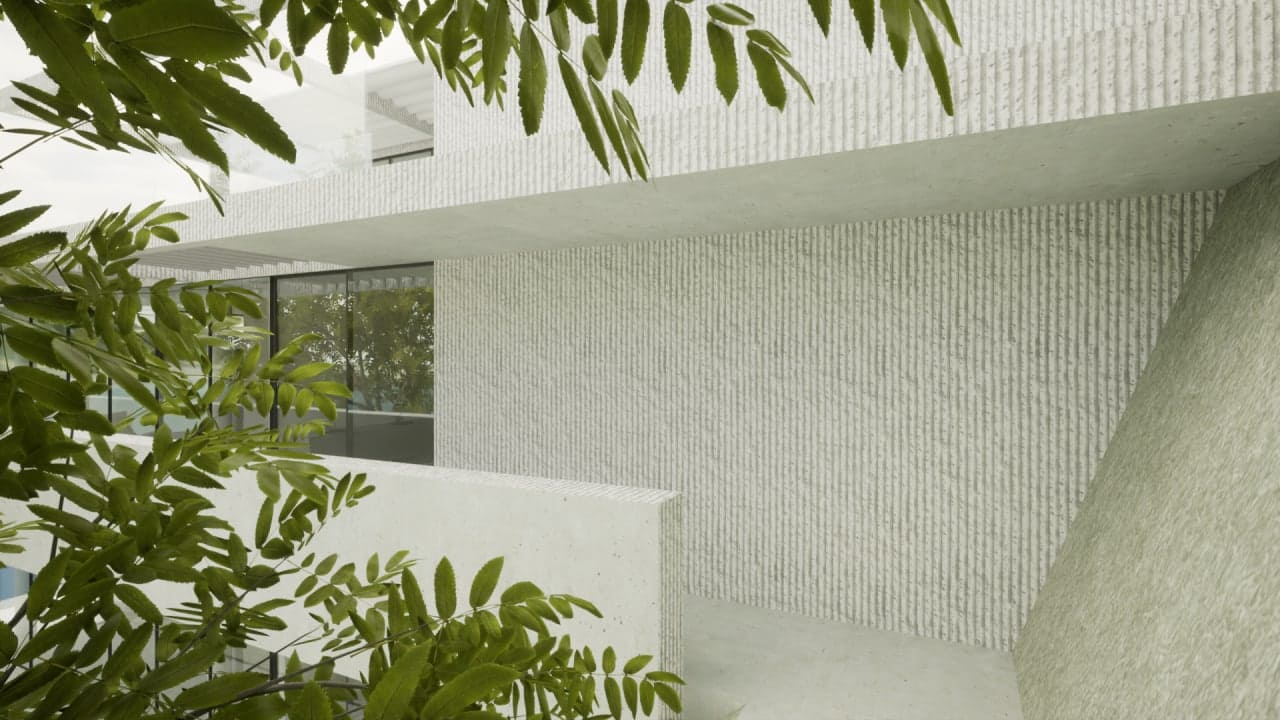
Generative AI in Sustainable Design
Generative AI is revolutionizing sustainable design by enabling architects to optimize building performance and efficiency through computational algorithms. AI algorithms can analyze complex datasets and simulate multiple design scenarios to identify solutions that minimize energy consumption, maximize natural light, and optimize spatial layouts. Tools like parametric design, machine learning, and digital twins are increasingly used to predict and improve building performance throughout its lifecycle, from design and construction to operation and maintenance.
The Most Widely Used Environmentally Sustainable Materials
Several sustainable materials are widely used in contemporary architecture:
- Bamboo: A rapidly renewable resource that is strong, lightweight, and versatile, used for flooring, structural elements, and finishes.
- Reclaimed wood: Salvaged from old buildings, bridges, and factories, reducing demand for virgin timber and preserving forests.
- Recycled metals: Scrap metal from old cars and appliances is recycled into structural elements and roofing materials, reducing energy consumption and landfill waste.
- Low-impact concrete: Incorporates supplementary cementitious materials like fly ash or slag to reduce carbon emissions during production.
Other sustainable materials include natural clay plasters, cellulose insulation, recycled glass, and bio-based composites made from agricultural waste or renewable resources.
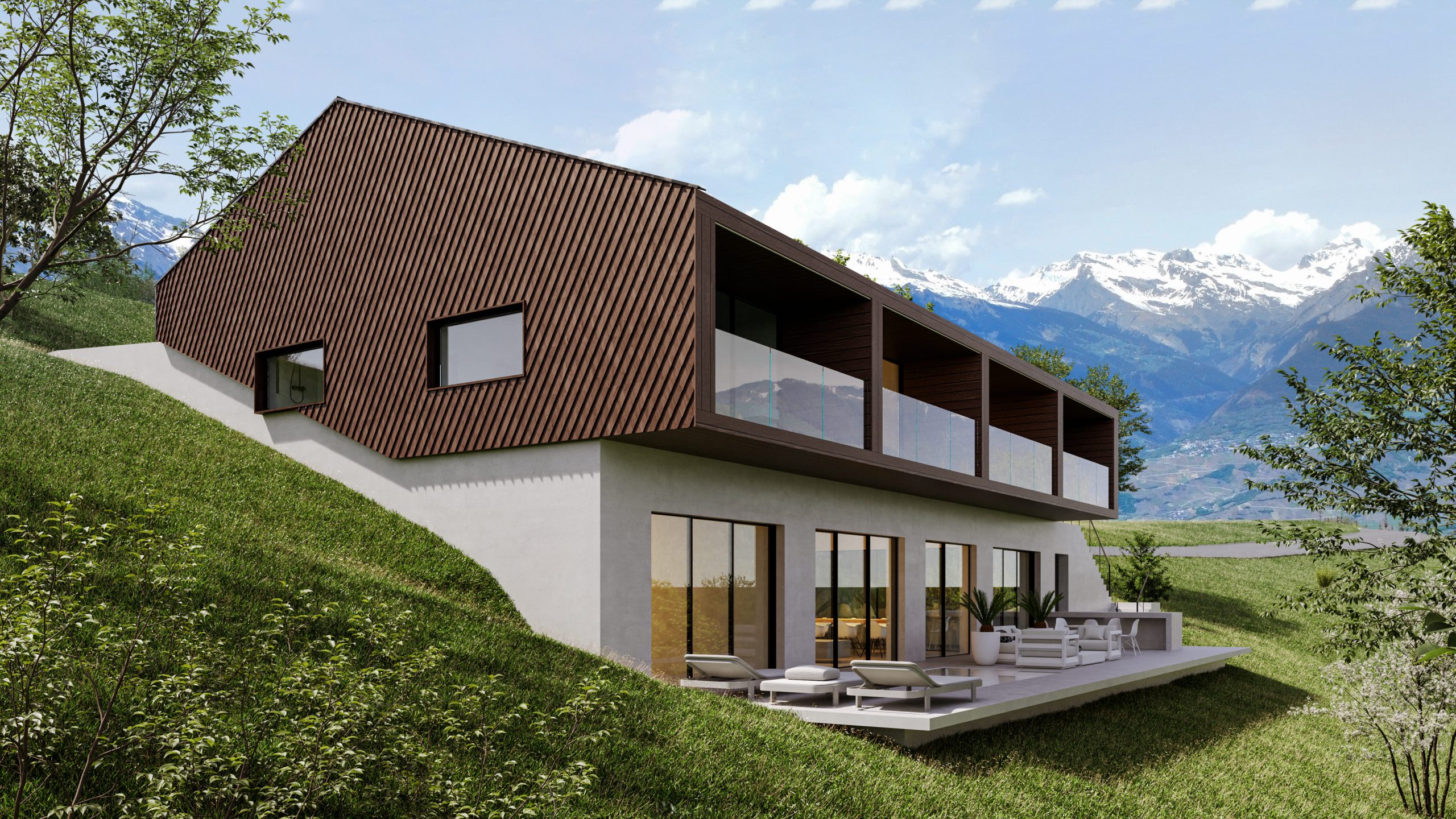
Conclusion
In conclusion, sustainable architecture represents a paradigm shift towards environmentally responsible building practices that aim to minimize resource depletion, reduce carbon emissions, and enhance quality of life. From ancient wisdom to modern innovation, architects continue to evolve and refine sustainable design principles to create resilient, energy-efficient, and healthy built environments. By embracing sustainable materials, integrating renewable energy in buildings, leveraging generative AI, and addressing regulatory challenges, architects can lead the way toward a more sustainable future for generations to come. The use of recycled materials in architectureunderscores sustainable practices, reducing environmental impact while promoting economic efficiency. As global awareness and technological capabilities expand, sustainable architecture can play a pivotal role in achieving global sustainability goals and ensuring a harmonious relationship between built environments and the natural world.


